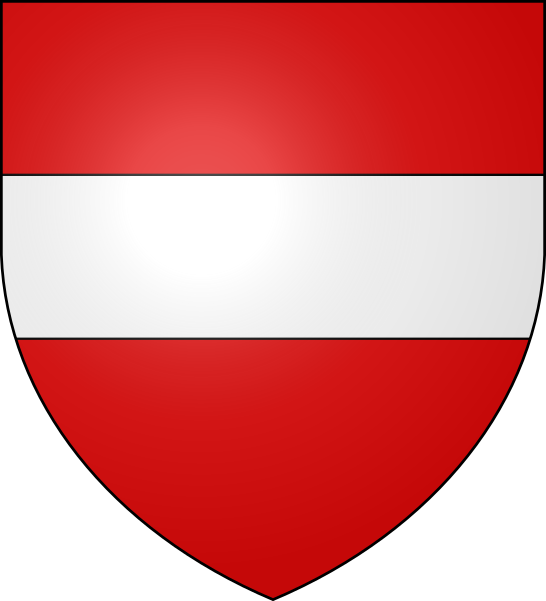
(Here are some gargoyles on Notre Dame de Paris. Their purpose is to puke rainwater away from the walls of the building.)
What do they have in common?
It's throats, basically.
It's like this: gules means red, especially if you're describing the colours on a shield.

(Illustration by Odejea. In the language of heraldry you'd describe this as gules, a fess argent, which means red, with a white (or silver) stripe across the middle.)
But what has the colour red got to do with throats?
It's all a matter of high-end fashion. In the 1300s in France wearing a bit of red fur round your neck was just the coolest thing ever, and this bit of red fur was called a gueueles, from gole, which meant throat. Before that it came from the Latin gula, which is basically the same word as gullet.
The word gargoyle comes from the Old French gargouille, which also means throat, and you'd expect these two rather similar words to join together in meaning at some point - but rather annoyingly they don't. People guess that gargouille might be an imitation of a gargling sound.
Ah well. It just goes to show what horribly annoying words they both are, doesn't it.
Word Not To Use Today: gules. Keats talked in The Eve of St Agnes of a stained glass window which threw warm gules on Madeleine's fair breast. But I'm not sure if even he completely got away with it.
No comments:
Post a Comment
All comments are very welcome, but please make them suitable for The Word Den's family audience.